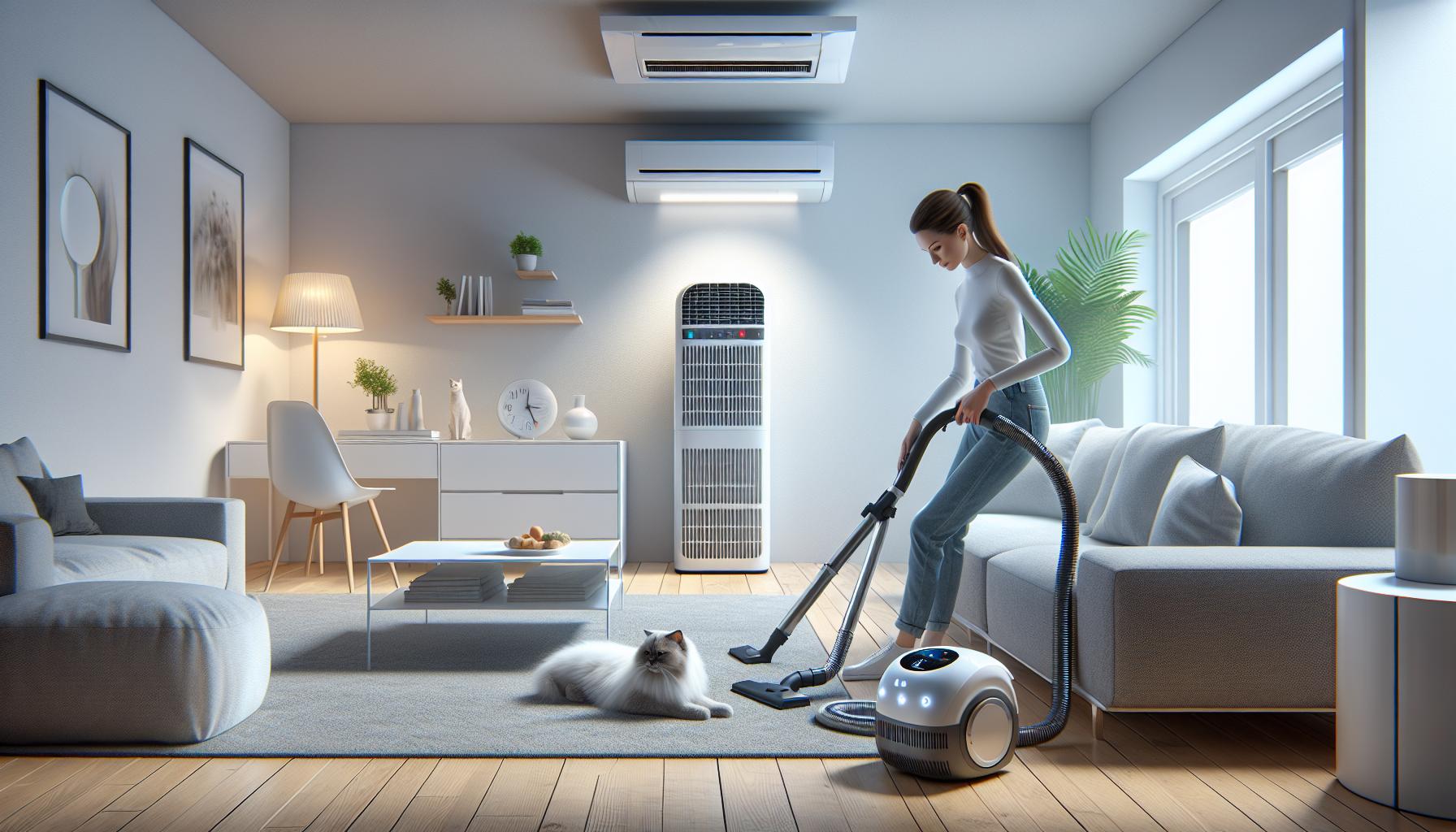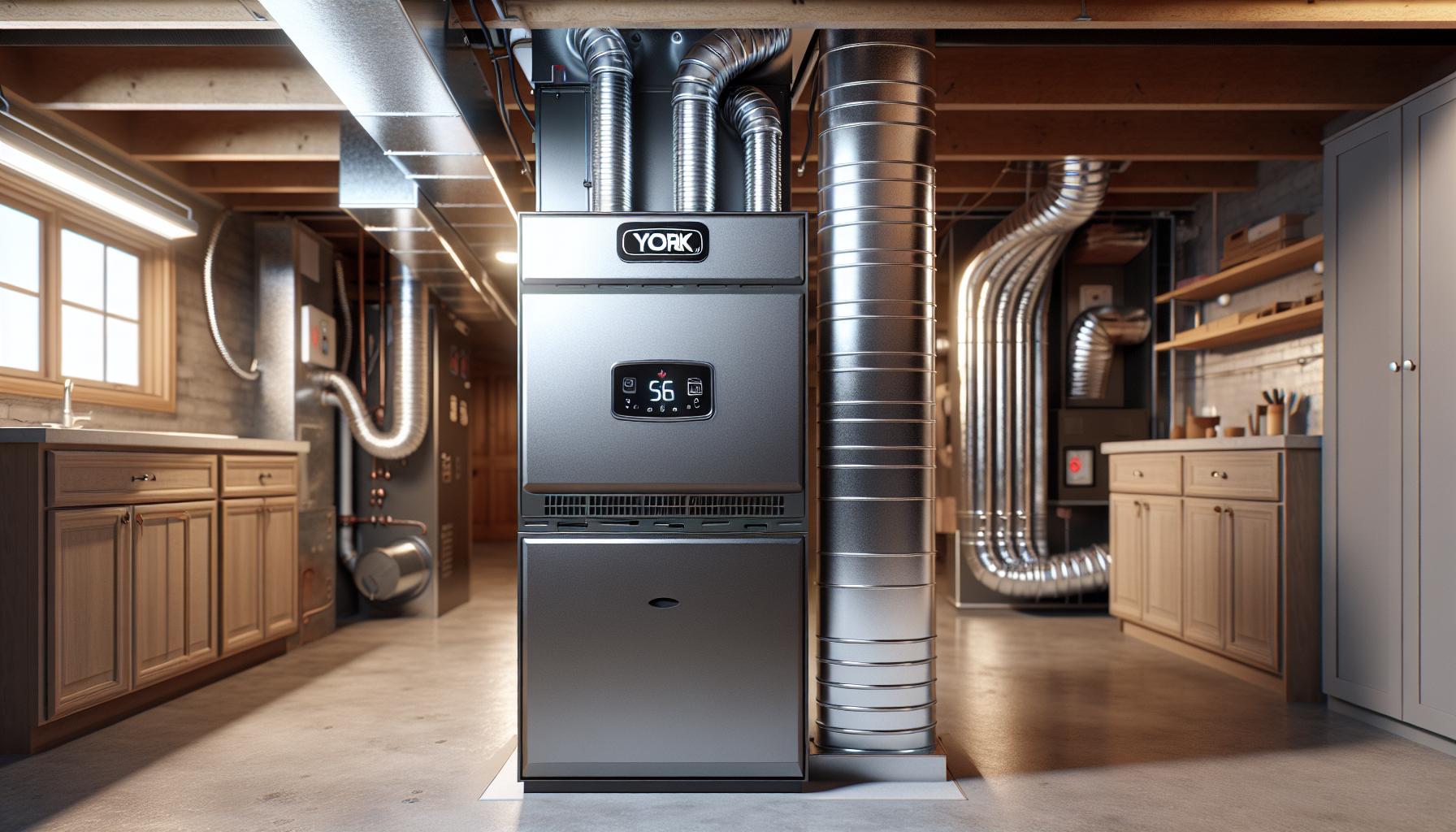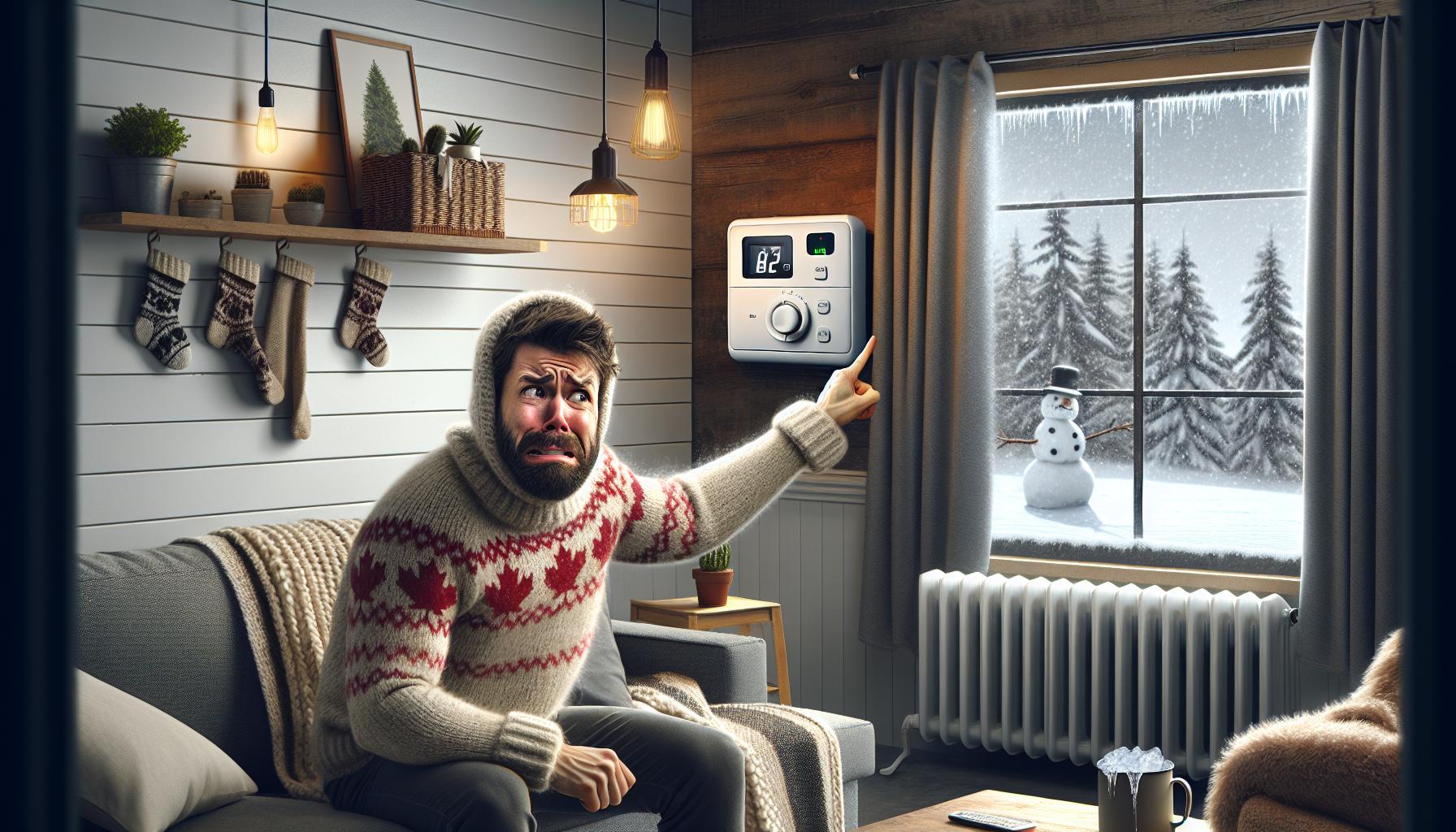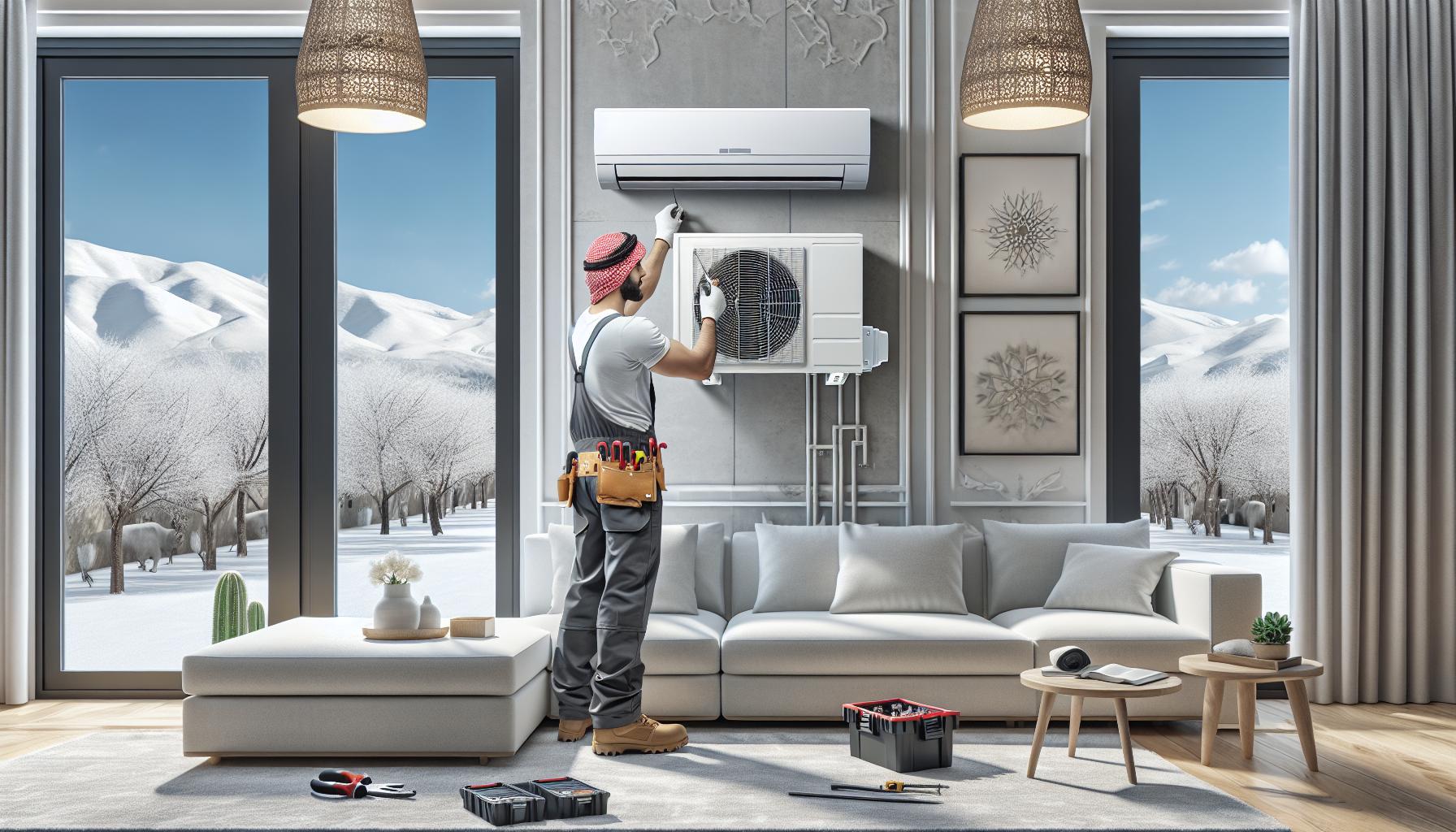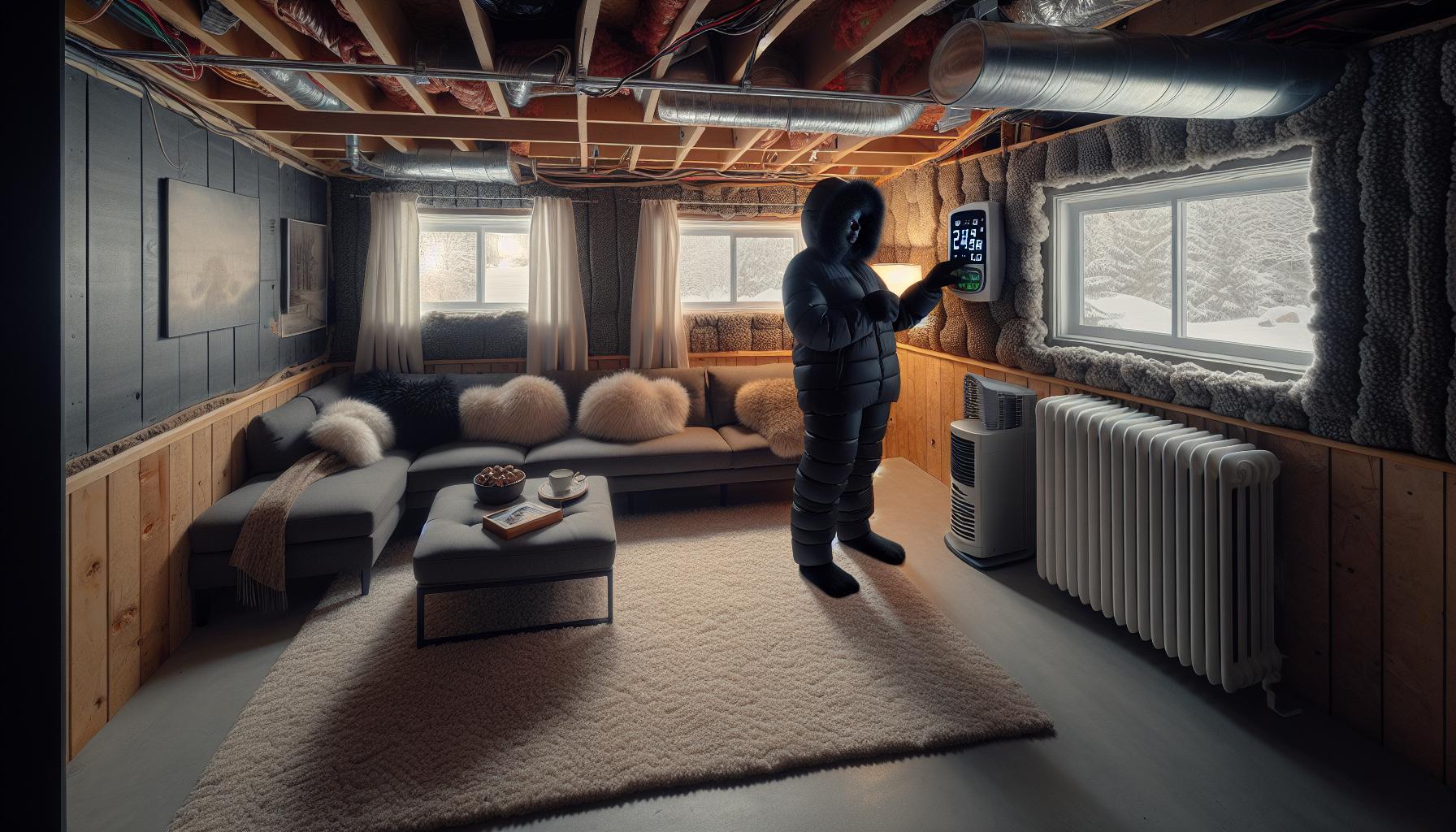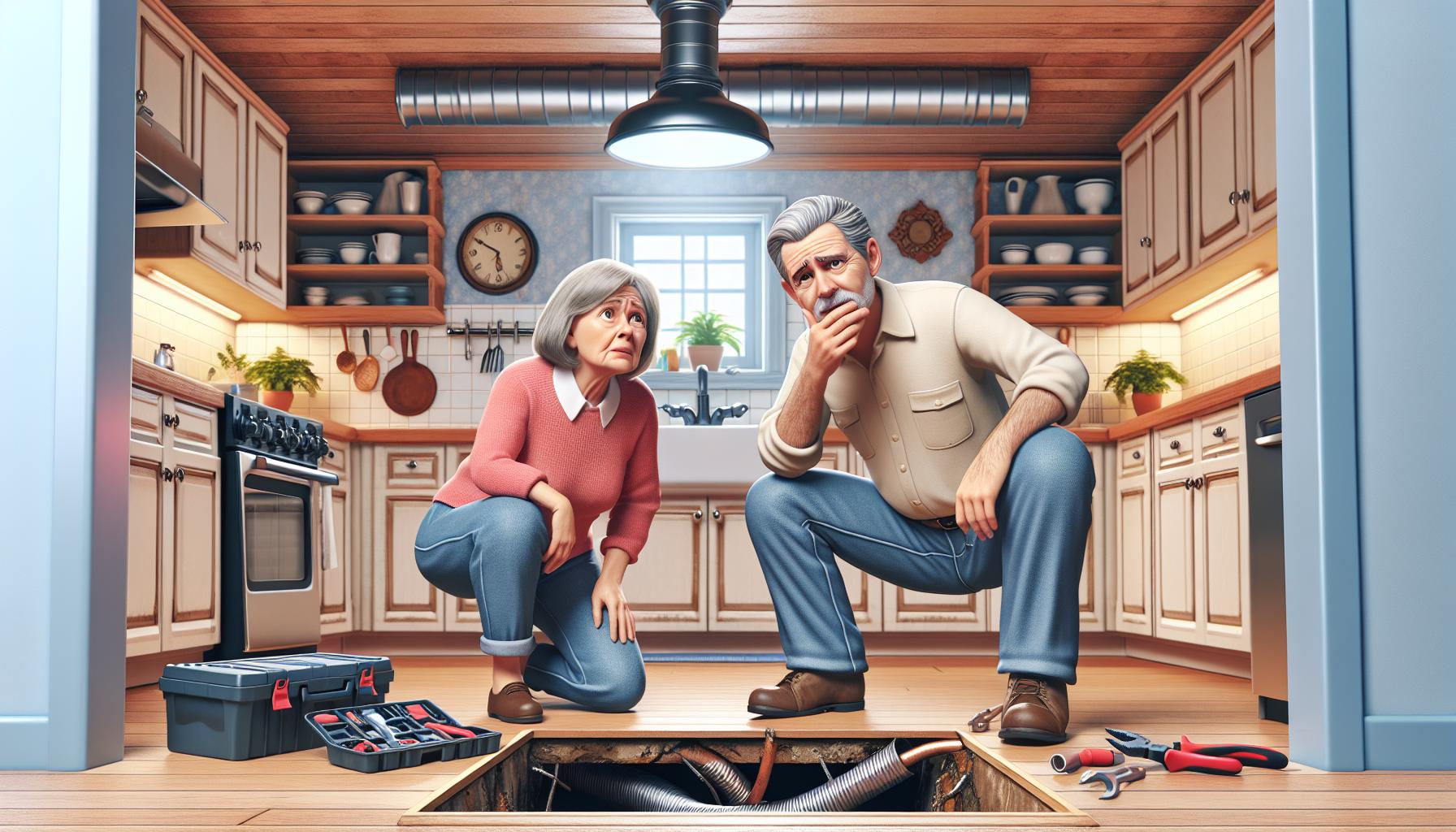Feeling the chill even with your gas fireplace on? You’re not alone. Many homeowners struggle to maximise the heat output from their gas fireplaces. But don’t worry, you’re about to discover how a few simple tweaks can transform your cosy corner into a toasty retreat. From checking your fireplace’s settings to considering a blower, this article will guide you through the best practices to ensure you’re getting the most warmth out of your gas fireplace. Stay tuned to learn how to amp up the heat and make the most of your fireplace’s potential.
Understanding Your Gas Fireplace
When you’re looking to ramp up the heat from your gas fireplace, it’s essential to understand the specifics of your unit. Gas fireplaces come in two main types: vented and vent-free. Vented models require external venting to expel exhaust, similar to traditional wood-burning fireplaces, while vent-free models use indoor air to support combustion.
Key Components
Your gas fireplace has several components that are vital for efficient operation:
- Burner: The area where gas is combusted to generate heat.
- Pilot light or Ignition: This is what starts the fire. Some models come with an electronic ignition system, which is more efficient than a standing pilot light.
- Thermostat or Remote Control: Use this to adjust the temperature and regulate heat output.
- Blower: If your fireplace has one, it can significantly improve heat distribution.
It’s worth noting that proper airflow is critical. Make sure there’s nothing obstructing the flow of air in or out of the fireplace. Regular maintenance, including checking and cleaning the vents, ensures optimal performance.
Usage Tips
- Adjust the thermostat to find the most comfortable setting.
- If your fireplace has a blower, make sure it’s clean and functioning well.
- Vent-free fireplaces have higher efficiency, as all the heat stays in the room, but they can affect indoor air quality if not used properly.
Remember, the type and condition of your gas fireplace heavily influence its heat output. Regular servicing is key to keeping your fireplace running at its best. By understanding these factors, you’re well on your way to a warmer, more energy-efficient home.
Checking and Adjusting the Settings
When you’re looking to extract maximum warmth from your gas fireplace, your first step is to check and adjust its settings. You’ll want to ensure that the air-to-gas ratio is optimal. This balance significantly affects how well your fireplace burns, which in turn affects heat output.
Inspect the Flame
The colour of the flame is a good indicator of whether the settings are correct. A healthy gas fireplace flame should be mostly blue with perhaps small, flickering yellow tips. If the flame is mostly yellow or orange, this indicates an excess of gas or a lack of oxygen, which can lead to soot buildup and decreased efficiency.
Thermostat or Remote Control
Adjusting the temperature setting via a thermostat or remote control can have an immediate impact on heat production. Modern gas fireplaces often have programmable features that allow you to pre-set times for the fireplace to turn on, ensuring your space is warm when you need it to be without wasting energy heating an empty room.
Blower Adjustment
If your gas fireplace is equipped with a blower, you can adjust its speed to control how hot air is distributed throughout your space. A higher speed will circulate more air, but it’s essential to find a balance, as too high a setting can cool hot air too quickly, effectively reducing warmth.
- Check blower vents for any obstructions.
- Ensure the blower filter is clean for maximum efficiency.
By thoroughly inspecting and fine-tuning your gas fireplace settings, you’re setting the stage for a cozier, warmer living space. Regular checks not only improve heat output but also contribute to the longevity and safety of your fireplace.
Maximizing Airflow
To get more heat from your gas fireplace, attention to airflow is crucial. When you optimize the flow of air, your fireplace operates more efficiently and delivers more warmth.
Firstly, inspect your fireplace’s intake and exhaust vents. Obstructions in these can dramatically reduce the system’s ability to pull in fresh air and vent out the exhaust. If you find debris, carefully remove it to ensure a clear pathway.
Next, examine the ventilation system. A well-maintained vent should draw smoke away quickly – a clear sign that your fireplace is getting enough air to combust the gas properly. If your vent isn’t performing up to par, it’s time for a professional check-up.
If your unit has a fan or blower, verify that it’s operating at the correct speed. This component helps to circulate warm air throughout the room. If you’ve noticed some rooms are warmer than others, it’s a hint that your blower might need adjustment.
Remember, good airflow not only affects warmth but also improves the air quality in your home. A gas fireplace that breathes better will reduce the risk of carbon monoxide build-up and provide a healthier living environment.
Don’t overlook the periodic maintenance of internal components. This ensures that the mechanical elements responsible for airflow are in top condition. A professional service typically includes a comprehensive cleaning and adjustment of these parts.
By maintaining a strong and steady airflow, you’ll make your gas fireplace more effective – cranking up the heat when you need it most. Keep an eye out for any changes in the way your fireplace operates and act swiftly to resolve issues. With a careful approach to airflow, you can transform your fireplace into a powerhouse of warmth for your home.
Using a Blower or Fan
When you’re aiming to increase the heat output from your gas fireplace, installing a blower or fan can make a significant difference. These devices push the warm air generated by the fireplace out into the room, rather than allowing it to rise and escape through the chimney.
Enhance Heat Distribution
- A blower spreads heat more evenly across the room.
- It prevents hot and cold spots by circulating air.
- The room heats up quicker, giving you immediate comfort.
Improve Fireplace Efficiency
When integrated with your fireplace, a fan can increase the unit’s efficiency. It does this by:
- Maximizing the heat output of the gas being burned.
- Reducing the need for central heating, potentially lowering energy costs.
Selecting the Right Blower
Different models and makes of gas fireplaces require specific blowers. Ensure you:
- Check your fireplace model for compatibility.
- Look for a blower with variable speeds for better control.
- Consider a model with a thermostat or remote for convenience.
Regular Maintenance
Just like any other appliance, blowers require periodic maintenance to function optimally. Here’s what to keep in mind:
- Dust and debris can affect performance – clean regularly.
- Listen for unusual noises which may signify a need for repair.
- Lubricate moving parts annually to keep them running smoothly.
Incorporating a blower into your gas fireplace set-up can transform it from a mere decorative feature into a robust heating element that not only raises the temperature but does so efficiently and consistently. This enhancement aligns seamlessly with strategies to maintain strong airflow, further establishing your gas fireplace as a dependable source of warmth.
Increasing Insulation and Heat Retention
Insulating your home is key to keeping the warmth from your gas fireplace where you want it. Proper insulation ensures that heat does not escape easily, making your gas fireplace more effective at heating your living space. Here’s what you need to know to prevent heat loss from your gas fireplace:
- Invest in Quality Door Seals: Ensure that the fireplace doors have tight seals to avoid heat leaking out. Well-sealed doors can be a simple yet effective measure to ramp up heat retention.
- Use a Fireplace Insert: Consider installing a fireplace insert, which can dramatically increase the heating efficiency. Inserts are designed to fit directly into the firebox, providing an extra layer that helps to keep the heat inside your living area.
- Upgrade Your Fireplace Glass: If your gas fireplace has glass doors, upgrading to ceramic glass can greatly enhance heat transmission compared to ordinary tempered glass.
- Add Reflective Panels: Placing reflective panels inside the fireplace can efficiently direct more heat out into the room, rather than letting it get absorbed by the masonry.
Furthermore, don’t overlook the rest of your house’s insulation. Adding insulation to your attic, walls, and floors will significantly boost overall heat retention. Double or triple-glazed windows also play a crucial role in maintaining a warmer indoor environment by reducing heat loss.
By taking these steps, you’ll find that your gas fireplace delivers a more consistent and powerful source of heat, helping you stay cozy during the cooler months. Regularly assessing your home’s insulation and heat retention strategies is the perfect complement to a well-maintained and properly functioning fireplace blower system.
Conclusion
Boosting the warmth from your gas fireplace doesn’t have to be a challenge. By focusing on insulation and heat retention, you’re on the right track to a toastier home. Remember to check those door seals, consider an insert, and maybe upgrade to ceramic glass. Reflective panels could be a game-changer too. It’s all about keeping that precious heat in. And don’t forget, your house insulation and quality windows play a significant role. Stay cozy and make the most of your gas fireplace with these savvy improvements. Keep an eye on your home’s ability to hold heat and enjoy the enhanced comfort of your living space.
